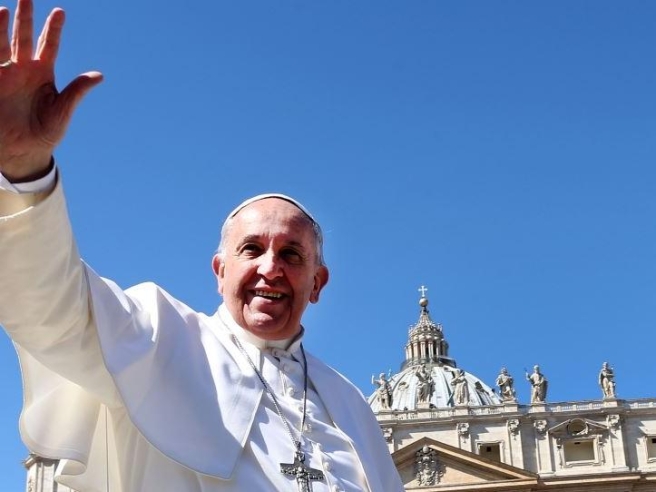With the death of Pope Francis, the world loses not only a spiritual guide, but also a living symbol of Italian migrations in the twentieth century. Jorge Mario Bergoglio was the first pontiff born on the American continent, the son and grandson of Italians who emigrated to Argentina. His origins lie in the hills of Piedmont and in the valleys of Liguria, lands that still remember him with affection and pride.

The paternal branch: from Monferrato to Buenos Aires
The Bergoglio family, on his father’s side, was originally from Piedmont, precisely from Portacomaro, a town in the Asti area. Here, in 1884, Giovanni Bergoglio, the Pope’s grandfather, was born. In 1929, Giovanni and his wife, Rosa Vassallo, left Italy for Argentina, embarking in Genoa on the steamship “Giulio Cesare”. Those were the years of the economic crisis and fascism, and like many other families they were looking for a new chance overseas.
Their son, Mario Bergoglio, born in Buenos Aires, would later marry Regina Sivori, also of Italian origin.
Pope Francis has maintained a living bond with Piedmont. In 2022 he returned to Portacomaro to celebrate the 90th birthday of his cousin Carla Rabezzana, with whom he had close relations. The Piedmontese family was an emotional point of reference for him, and on several occasions he expressed pride in these roots. The President of the Region himself, Alberto Cirio, recalled how much Francis felt part of that land, even in its values of humility, determination and courage.
The maternal branch: from Liguria to Argentina
On the maternal side, however, the roots lie in the heart of Liguria, in Cogorno, between the hinterland of Lavagna and the Gulf of Tigullio. Pope Francis’ maternal grandmother, Maria Gogna, was born in 1887 in Teo, a hamlet of Cabella Ligure, in the province of Alessandria, but on the border with Liguria.
Maria was therefore Piedmontese by birth, but belonged to a family deeply linked to the territories of the Ligurian hinterland, in particular to the Val Borbera and the Lavagna area.
Her marriage to Francisco Sivori, originally from the Cogorno area, represents the union of two parallel stories of emigration. The Sivori left Cogorno in 1861, the year of the Unification of Italy, to settle in Argentina. The Gognas, on the other hand, emigrated later, taking the young Maria with them.
In Buenos Aires, Maria and Francisco had a daughter, Regina Sivori, who became the mother of Jorge Mario Bergoglio in 1936.
Ligurian roots are not just a genealogical detail. Pope Francis publicly acknowledged the link with Cogorno and Lavagna during his visit to Genoa in 2017, when he met some relatives descendants of the Sivori family. He said with emotion: “The Sivori are from Cogorno and Lavagna, my mother’s lands.” On that occasion, he received a volume with the genealogy of the Sivori family and a copy of the birth certificate of his great-grandfather Vincenzo Sivori, who left for Argentina in 1861.
The small village of Teo, in the Alessandria area, also wanted to honor the memory of the pontiff: the bells of the church of San Bernardo rang in mourning and the community gathered in prayer, remembering the day when Pope Francis recognized without hesitation a vintage photo of his grandmother Maria Gogna, shown by a delegation of the town in the Vatican.
A Pope son of Italian emigration
Pope Francis was a bridge between two worlds: that of origins and that of destination. His Ligurian and Piedmontese roots tell the story of an Italy that left out of necessity but brought with it culture, faith, family ties.
It wasn’t just a matter of descent: for him those roots were a living part of his identity. He evoked them with affection, mentioned them in speeches, honored them with concrete gestures, such as visits to relatives, meetings with communities of origin, welcoming distant cousins.
His figure perfectly represents the meaning of the Italea project: to help the descendants of Italian emigrants to rediscover their origins, to walk in the places of their grandparents, to mend threads of family history that seemed lost.
Today, as the world greets him, we want to remember him in this way too: as a man of his roots, heir to two noble and hard-working lands, which with their simple people formed the heart and faith of a Pope.



